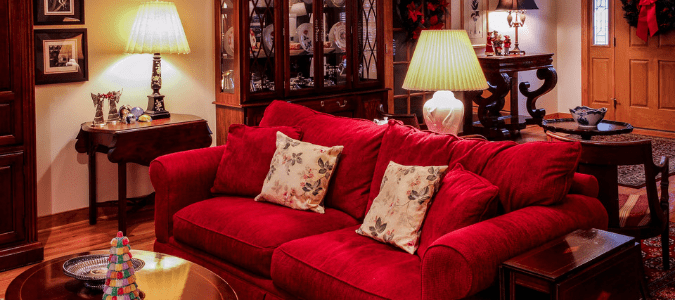
When you come home on a chilly day, the last thing you want is to be met with is a gust of cold air blowing out of your vents when the heat is on. This unpleasant surprise is common, unfortunately, and can make uncomfortably cold weather that much more difficult to handle. Thankfully, there are a few common causes of this issue that can help you identify a solution.
Your Air Filter Is Dirty
Did changing your air filters slip your mind? Clogged air filters could be causing cold air to blow out of your vents. A dirty air filter can block airflow over your furnace’s heat exchanger, which can cause it to overheat. Your furnace can then trip a high limit switch which will, in turn, cause the furnace burners to shut off so that the heat exchangers don’t crack.
Your Pilot Light Is Out
If you have an older furnace with a pilot light and that pilot light is not lit, your burners will not light either, which means there is no heat source. Your furnace will have a label on it with directions on how to relight your pilot light if this is the culprit for your problem. If you are constantly relighting your pilot light, your system may have other problems.
Your Condensate Line Is Clogged Or Broken
If you have a high-efficiency furnace with water pooling around it, you could have a condensate blockage, which will cause the furnace to shut down. When high-efficiency furnaces run, they create water which is then drained through a condensate line. If the line gets blocked, water will back up into the furnace which will result in the overfill kill switch getting tripped. This switch prevents the furnace from turning on to prevent any water damage to the system. Common blockages include dust, dirt, mold and, if there was recently a cold snap, ice.
Another cause of a malfunctioning condensate line is a broken condensate pump. If this is your problem, you will need to bring in a licensed heating and cooling specialist to replace this component.
There are a few other problems you may run into, which, in addition to some of the issues mentioned already, will require the help of a professional. If there is an inadequate amount of gas making its way to your furnace, for example, it won’t have the energy required to heat up. Another issue you could be confronted with is large holes or leaks in your air ducts that allow cold air from your attic to get through. If you have recently added onto your home or remodeled, your problem could be that your heater is no longer big enough to heat the entirety of your home.
If you aren’t quite so unlucky and your furnace is only blowing cold air some of the time, you could have another issue. Let’s review a few common scenarios and discuss the best ways to keep your heating system functioning properly.
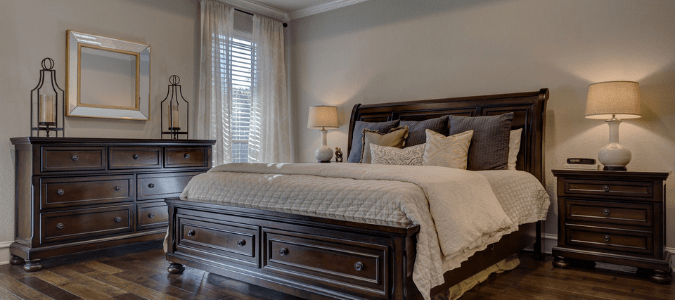
Why Is My Furnace Blowing Cold Air Sometimes?
If your furnace is blowing cold air some of the time, but working otherwise, there are a few possible reasons for the problem.
Your System Was Just Turned On
If you just turned on the heat, hot air may not yet be flowing through your air ducts. Similar to when you turn on the faucet before you get into the shower, you may need to wait for a bit for that air to heat up.
Your Fan Is On
Check to see if your thermostat is set to ON or AUTO. If it is set to ON, your fan will constantly blow out air, even when your furnace isn’t heating it. Thankfully, this is an easy fix. Just turn the fan setting from ON to AUTO. Once you do that, your fan should only blow out air that is heated by your furnace.
Your Flame Sensor Is Dirty
Your flame sensor detects whether or not your furnace’s burners are lit. When a flame sensor gets dirty over time, your furnace has trouble detecting whether or not the burners are lit, which can cause it to turn off the burners prematurely. Flame sensors get dirty more quickly if your air filters are also dirty.
Your Limit Switch Is Malfunctioning
The limit switch is responsible for telling your furnace’s fan when to start and stop blowing air. If the switch is not working how it should, it may not tell the fan when it should stop blowing air. When this happens, your furnace will continue to blow air throughout your home, even when that air is not heated.
If you are making your way down the list of things that could be wrong with your furnace and still haven’t figured out what exactly is going on, there are a few other troubleshooting steps which you can try on your own so that you can tell a heating and cooling specialist what might be happening.
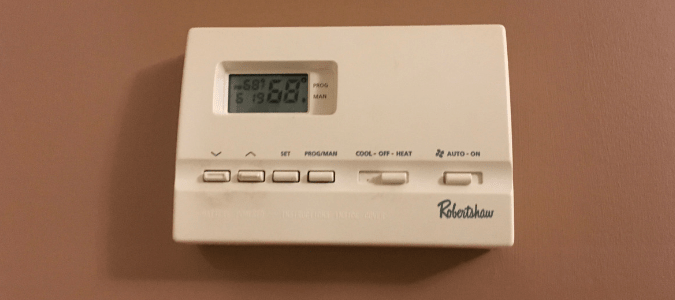
Furnace Troubleshooting Tips
While furnaces are complex, many problems are a result of dirty filters, so staying on top of your filter changing schedule can help prevent many of these issues. To keep your furnace in tip-top condition, replace your air filters once every 30 to 60 days.
If your air filter looks clean or if you have recently put in a new one, we recommend following these steps to continue your troubleshooting:
- Make sure that your thermostat is set to HEAT. While this may sound silly, this switch can sometimes get moved when dusting around the area.
- Make sure the vents in that area haven’t accidentally been closed, particularly if some rooms are getting no air at all.
- If your thermostat is battery-powered, replace the batteries. Many homeowners don’t notice when the low battery notification turns on.
- Check your circuit breaker and make sure it hasn’t tripped. If the switch is in the middle or turned off, simply turn it back on. It may take a couple tries to get this working, so don’t assume your system is broken if it doesn’t turn on right away.
- Take a look at your furnace flame to ensure it is blue in color. Any other color could be a sign that there is something wrong with your heat source, in which case you need to bring in a professional to troubleshoot your problems.
- If there is no air coming out of your vents, make sure that your furnace is getting energy. You can do this by turning your fan to the ON setting and seeing if the system kicks on. If it doesn’t, you may have an electrical problem.
If you find yourself constantly troubleshooting your furnace or calling in a professional to make repairs, you may be wondering if it would be more time and cost-efficient to replace your unit.
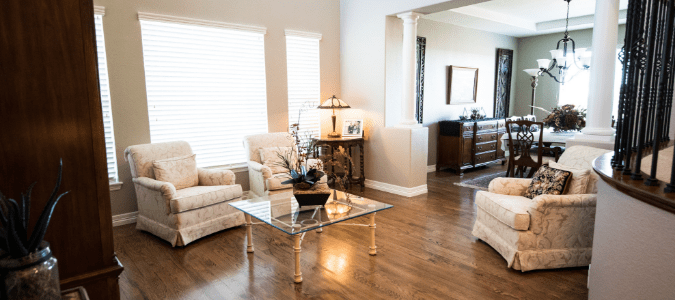
When Should You Replace Your Furnace?
The lifespan of a furnace can vary quite a bit, depending on how well it has been maintained. Most furnaces will last anywhere from fifteen to thirty years. If your furnace is over fifteen years old and you are deciding whether it would be more cost-effective to replace or repair your unit, there are two cost factors to consider.
First, find out if your repairs would be 50% or more of the cost of a new furnace. If so, consider replacing the unit. Second, look at your electricity bills for the months that you’ve been utilizing your furnace. Have you noticed that your bill has skyrocketed? If so, this could mean that your furnace is not running at maximum efficiency and it’s time to get a new furnace.
If you’re having difficulty with this decision, you can always bring in a professional who has expertise in how these systems work to provide you with the best possible advice.
As previously mentioned, proper furnace maintenance can make your system last longer. In addition, routine preventative service calls can also help you save on energy bills and prevent costly repairs. So, what maintenance should you be doing on your furnace? And how frequently?
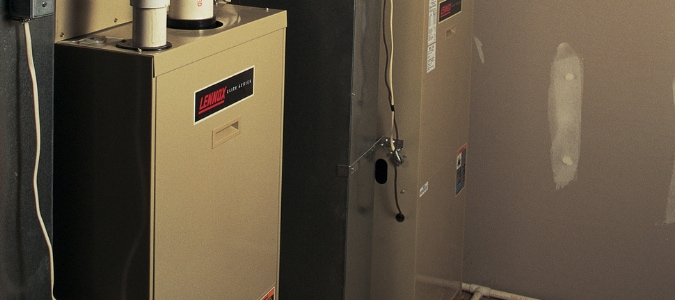
Furnace Heating System Maintenance Checklist
Even if you have some experience with electrical work around your home, doing your own furnace maintenance is still challenging. Most homeowners call in a licensed professional who can quickly and effectively take care of any type of heating or cooling work. If you want to try the DIY approach, plan to set aside some time in the fall to perform annual fall check-up of your system so that you can determine if you have any problems with your furnace before you depend on it regularly.
Before doing any sort of maintenance on your heating system, make sure that you turn your unit off to help prevent injuries and costly repairs.
Once you do that, you can follow these steps:
- Clear the area around your furnace. While you should never use the area around your furnace for storage, your annual maintenance check-up is a good time to make sure that no one has left toys, blankets or other objects around the area.
- Check your blower motor and use a small vacuum to remove any dust that has collected around it. If you regularly change your filters, you will likely not have as much dust around your unit.
- Use a damp rag to wipe up any dust that your vacuum was unable to pick up.
- Inspect the oil ports that will be either to the sides or right above the blower motor. Take the caps off and put a couple of drops of blower motor lubricant in them.
- Remove the flame shield and check your burner for any signs of corrosion.
- Inspect your blower motor belt to ensure there are no cracks or signs of fraying. If your belt looks like it may be damaged, you’ll need to have it replaced.
- Check your flue for any dents or gaps.
- Examine your air vents for any signs of mold growth which could mean you have mold in your air vents.
Use extreme caution, and don’t hesitate to contact a professional if you decide at any point in the process that you are in over your head. Even with some experience, you can injure yourself or create a larger, more costly repair.
ABC Can Keep Your Heating System Working Properly
Whether you’re in urgent need of furnace repair, or you’re ready to replace your furnace, the licensed heating and cooling specialists at ABC can help. Our professionals are highly trained and are able to work on every make and model of furnace. With the help of ABC’s experts, you won’t have to be worried about being uncomfortable in your home, any time of year.
